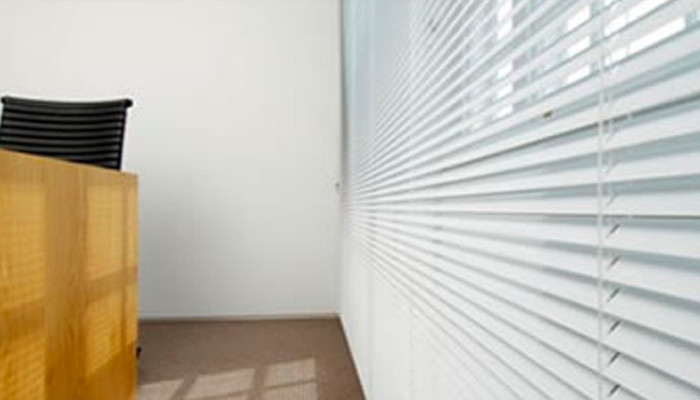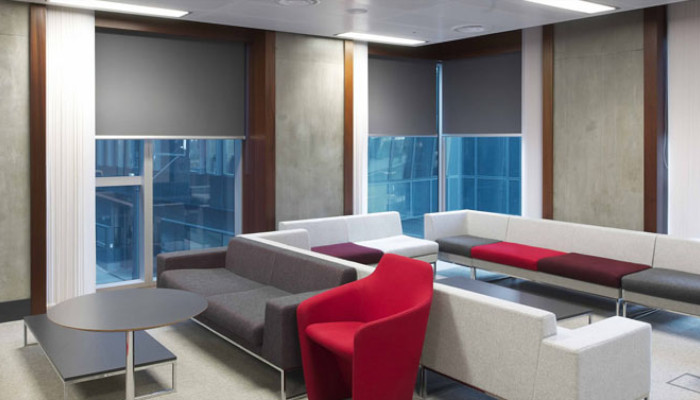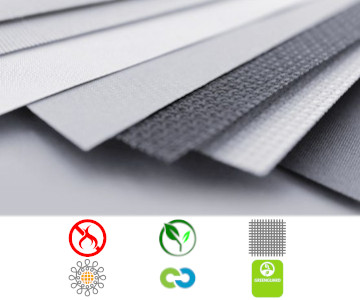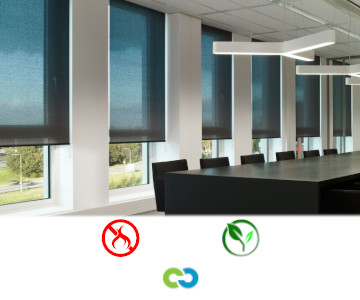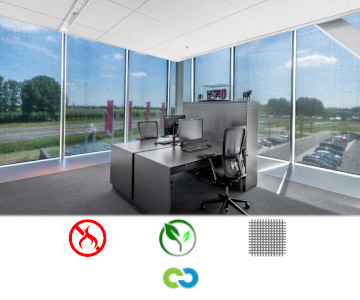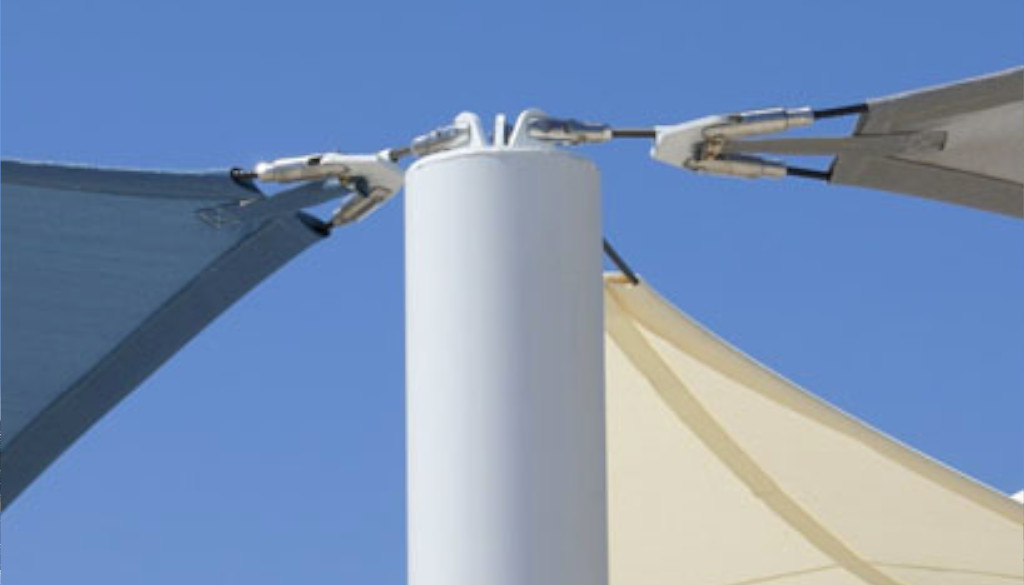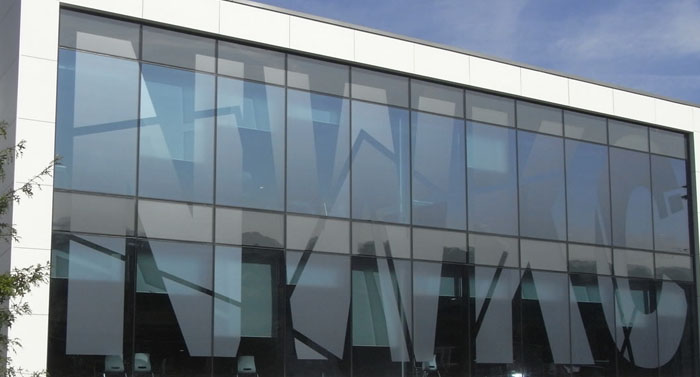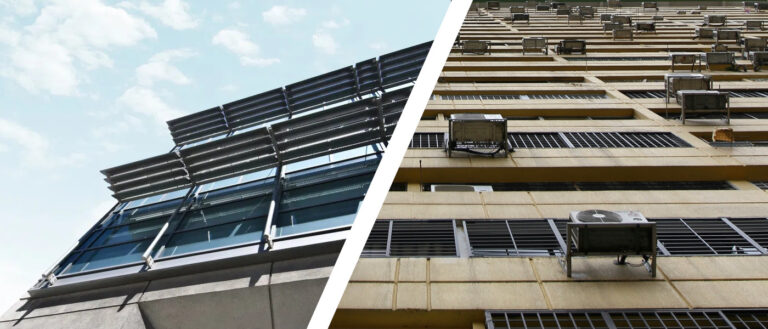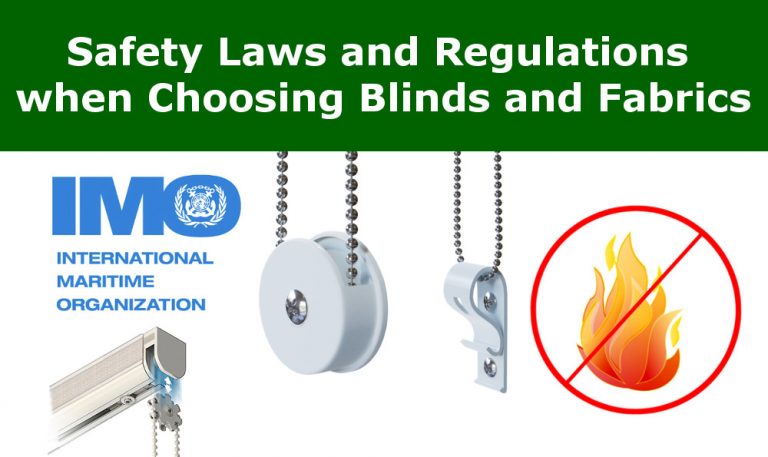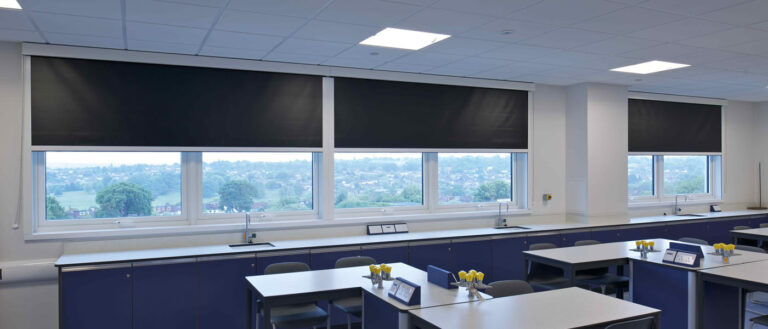How to Reduce Overheating in High-Rise Properties
High-rise properties are becoming more numerous for residential and commercial use in the UK which are defined as over 35m tall.
There are currently over 500 towers of more than 20 storeys planned or under construction in London alone.
21st century buildings are subject to high-quality standards to be energy efficient and provide a healthy, safe environment for the occupants.
These high standards of efficiency also apply to improving existing buildings through local initiatives and the introduction of future policies.
Building regulations, government directives and brand reputation for developers and architects are important contributors in considering the effects of high-rise living and working, as such there have been various assessments and research on a noticeable issue with overheating and thermal comfort.
Let’s get to the heart of the matter and discuss the ways to reduce solar heat gain. And then we will delve into:
- The definition of overheating
- The consequences of overheating
- Overheating assessment methods and standards
- How heat gain can be prevented
What are the Options to Reduce Solar Heat Gain in Buildings?
Solar shading effectively manages the entry of solar heat and light to provide a thermally and visually comfortable indoor space, that remains cool in the summer and warm in the winter.
Accomplishing a glare-free space all year round with the outdoor view maintained and a minimum energy demand on installed cooling, heating and lighting units.
For high-rise properties having a solar shading system that is effectively controlled helps to create a better indoor environment and can positively influence comfort, well-being and productivity in the home or workplace and significantly contributes to energy management.
These are some options you should consider:
- Blinds
- Curtains
- Window film
- Fixed shading
Blinds, Window Film and Curtains
At Enviroscreen we supply and install a wide range of shading options including:
- Vertical blinds
- Venetian blinds
- Roller & tensioned blinds
- Pleated, cellular or honeycomb shades
Curtains do more than just control solar gain and provide privacy.
Boasting a softer surface than many other systems, both literally and in appearance, they offer positive noise-reduction benefits and superior insulation properties.
Fabrics
We are naturally keen to protect the environment and have a range of highly reflective, heat-rejecting fabrics that are environmentally friendly and manufactured from sustainable sources.
Thanks to its high reflectivity (74%), EnviroScreen Optimum lowers heating and cooling costs substantially.
EnviroScreen is Öeko-Tex, Greenguard Gold and Cradle to Cradle Bronze Certified.
Take a look at our Envirotech Baritone and Envirotech Baritone Metal ranges.
PVC-free and manufactured from plants, these fabrics have a cradle-to-cradle gold award and will significantly help your building contribute to BREEAM requirements.
Fixed Solar Shading
Architectural sun control can capably reduce heat gain within a building and improve natural lighting, especially for visual comfort by controlling glare.
Enviroscreen are experts in solar control, including tensile fabric structures, vertical fins, overhangs, external louvres or brise-soleil.
Window Film
External-grade window films serve to reduce solar heat gain while also providing glare and UV protection.
They can be helpful if occupants don’t want to restrict views with other window coverings or for rooms where UV exposure could cause furniture and carpets to fade.
They include a scratch-resistant coating which prevents damage from cleaning.
Window film is available in a number of styles and colours, all of which minimise heat and glare with reflective film maximising the amount of solar energy it blocks (over 80%) and increasing privacy.
This solution is one of the most cost-effective ways of retrofitting windows to reduce overheating in any type of building.
For offices, this could be a branding technique or for promoting products; the opportunities are endless with the use of graphics.
Keeping a Building Cool in a Heatwave
After temperatures hit a record high in July, more action must be taken to keep homes and offices cool and one debate covered in this Guardian article is…
Should windows be kept closed or open? And what about blinds and curtains?
Definition of Overheating and Thermal Comfort
The experience of overheating at home or work can impact the health of the occupants, it can reduce productivity and result in adverse effects on their wellbeing and comfort.
The challenge in defining this occurrence is due to the subjective nature of the individual’s perception.
When the indoor thermal environment presents conditions of discomfort, whether they are high-peak temperatures for a short period of time or prolonged exposure to an averagely high temperature, then a solution will need to be found to mitigate the problem.
There are many studies around the phenomena of thermal comfort and a leading authority in understanding the human sensation regarding this was Professor Povl Ole Fanger.
He developed the PMV (predicted mean vote) comfort index which is a model used globally to measure indoor environments and has been adopted by the ASHRAE standard and BS EN 15251.
Overheating is a recognised concern in the UK and a growing problem due to various factors including climate change, electrical equipment and increasing amounts of glazing within high-rise buildings.
Unfortunately, even the standards which have been set out to create better living and working environments could also be a reason for overheating.
For example, the regulations for building materials to keep buildings warm in colder months have been reported to cause overheating from excessively high air-tightness levels.
Other factors that can contribute to overheating are:
- Solar radiation which passes through glass can heat internal surfaces
- High levels of insulation reducing heat transmission
- Reluctancy or inability to open windows
- Urban heat island effects from modern materials in built-up areas
- Community heating pipework, hot water storage and heating
There can be a predominant factor causing the overheating in a property or a cumulation of different factors.
Consequences of Overheating
As well as the human discomfort associated with overheating which can affect productivity, health, safety and general wellbeing there are also recent studies that have shown the cost of a substandard indoor environment are higher, not only in the home but also at work.
It has been acknowledged that a good quality of air and temperature can improve working and learning efficiency while also reducing absenteeism.
The energy consumption of the building will also be affected due to the occupants being less likely to take action to make themselves comfortable by using air conditioning and cooling systems.
If decisions to reduce overheating in high-rise properties are not implemented in the design stage, the consequence will most likely be a costly retrofit in the future.

Overheating Assessment Methods and Standards
There are standards to specify how design criteria can be established and utilised for energy evaluation of indoor environments.
There are also parameters to monitor and display the performance of buildings through design, specification, construction and operation.
Benchmarks are set for different categories of buildings and local authorities may require certification as part of a planning condition in favour of sustainability in the National Planning Policy Framework.
Overheating is not currently covered explicitly, although there are references and guidance in several government documents.
In 2006 the government described overheating as a hazard above 25 degrees centigrade in the Housing Health and Safety Rating System Guidance, where excess indoor temperature above this threshold would increase mortality rates.
Additionally, The Heatwave Plan for England cites that maintaining indoor temperatures to below 26 degrees should be adhered to in environments occupied by vulnerable individuals.
The 2022 Part O regulations emphasise the need to prevent overheating in buildings.
These regulations demand that architects and designers incorporate solar shading solutions to maintain comfortable indoor temperatures.
Proper solar shading is essential to comply with Part O, as it helps reduce higher cooling costs, discomfort, and lower energy efficiency caused by overheating.
Non-compliance can affect occupant well-being and overall building performance. Therefore, integrating these standards with existing ones like BS EN 15251 and BREEAM ensures comprehensive measures against overheating.
The SAP (Standard Assessment Procedure) compliance tool is one of the most frequently used methods for assessing energy efficiency following CIBSE (Chartered Institution of Building Services Engineers) guidance.
A more advanced method for assessing overheating is ‘Dynamic thermal modelling’ which uses variables and parameters to illustrate each building’s particular example.
Design standards regarding overheating include guidance from:
- BS EN 15251
- BREEAM (Building Research Establishment Environmental Assessment Method)
- ASHRAE55
- CIBSE TM52:2013 & TM59:2017
What Action Can Be Taken to Reduce Overheating?
The current building regulation requirements do not adequately cover overheating in high-rise properties and concerns may lead to policies being introduced in the not-too-distant future.
There are property types more susceptible to overheating, such as single-aspect flats and those where windows are fixed and unable to open.
Coupled with large areas of glazing in high-rise building designs, the increased solar radiation and decreased ventilation can be easily addressed with a solar shading solution.
Recent research by the Ministry of Housing, Communities and Local Government has concluded that overheating is a major challenge in terms of public health within an urban context.
A study was conducted on high-level apartments using the dynamic thermal modelling method in response to recommendations from the Committee on Climate Change (CCC) Progress Report.
The study found that overheating could have been avoided if the appropriate shading was introduced.
The use of internal shading was considered critical as it substantially reduced the amount of solar energy delivered to the room.
This reduces the number of hours above 26 degrees by 80-90% in the case of half-opaque shading and almost completely eliminates overheating using black-out shading with a reflective surface facing outwards.
To assist with this issue, HMRC’s policy paper published in May 2021 explains that the HMRC accepts that manual blinds are considered as building materials for the purposes of construction services.
They can now be zero-rated when installed in a qualifying build.
A more thorough explanation on the various options to manage heat transfer can be found in this overheating article, extracted from a document published by BRE.
Take a look at our article – The Benefits of Blinds & Solar Shading in Office Buildings for an overview of these types of blind fittings, their operation styles, materials and variations which are also relevant for residential properties.
Our innovative Blind Box system which can hide the blind from view when fully retracted is a popular enhancement to luxury apartments and offices.
See our Manhattan Loft Gardens case study for a more in-depth description of the results achieved from this mechanism.
For enquiries about office blind solutions:
Enviroscreen Systems
Swift House,
13 Ronsons Way,
St Albans,
AL4 9QT
United Kingdom
Telephone: 01727 220 007
E-mail: info@enviroscreen.org.uk



